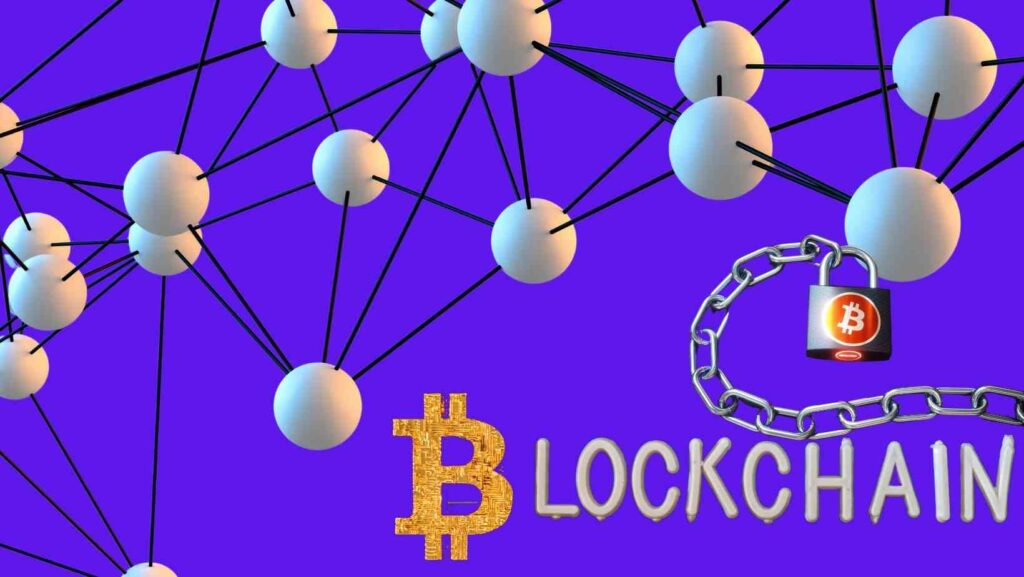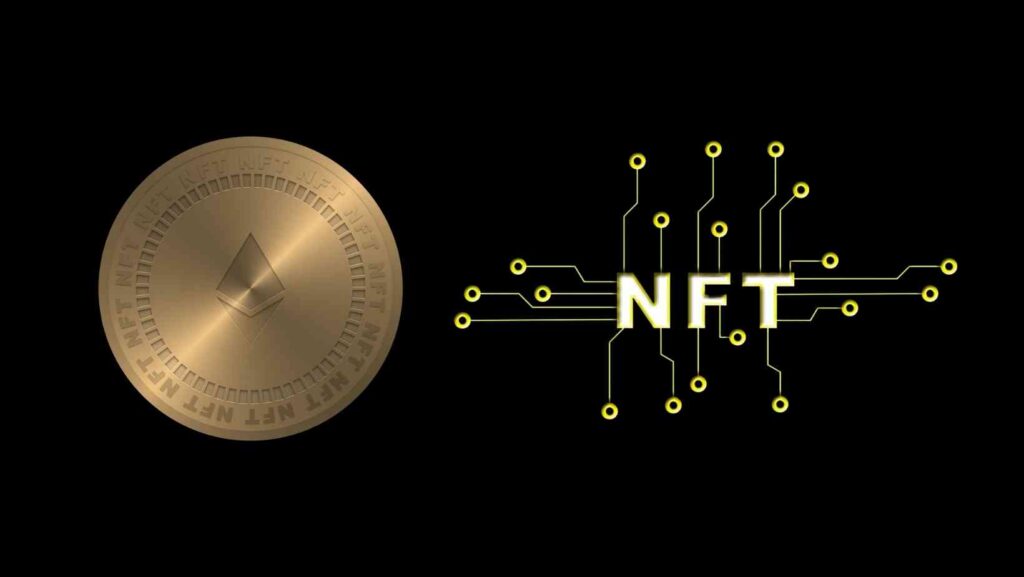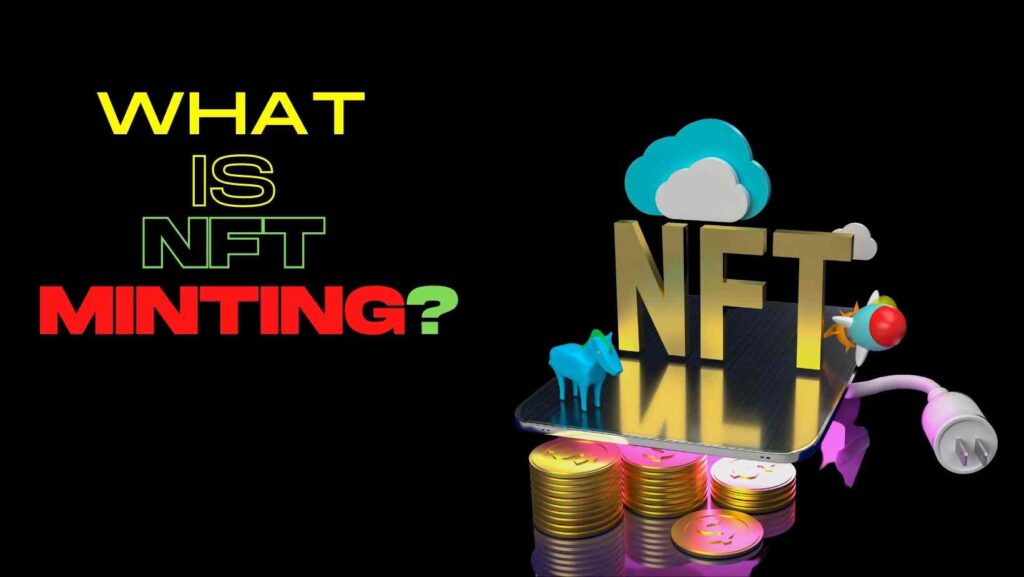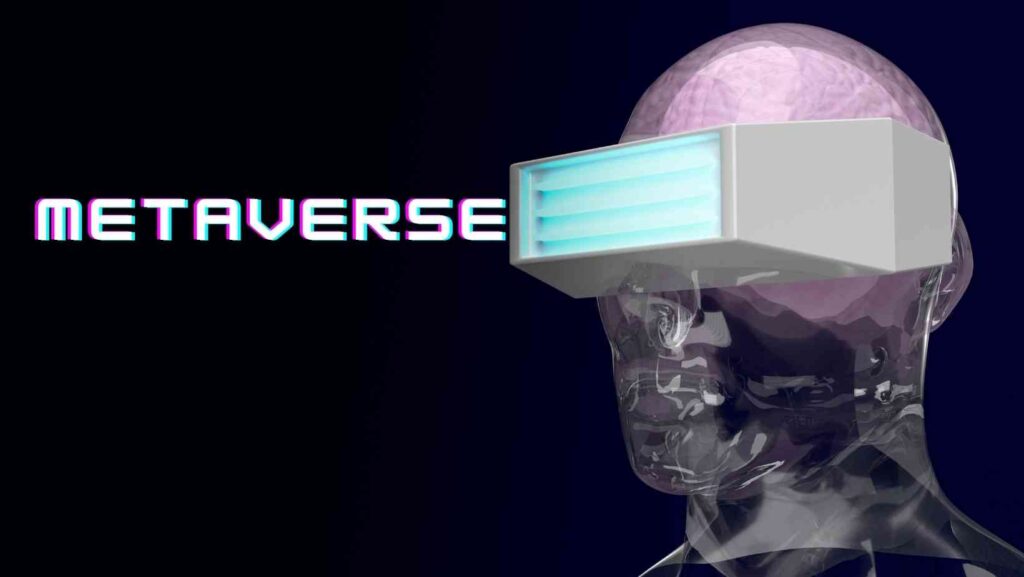First, I directly get into the question, what is Blockchain? Blockchain is a distributed ledger system that allows transactions to be recorded chronologically and publicly without the need for intermediaries or third parties. It means that data cannot be altered once entered into the system. The technology was developed in 2008 by Satoshi Nakamoto, who published his white paper describing the concept.
Blockchain has become a buzzword in recent years, but it’s much more than just a database. It’s a powerful tool that can transform industries from finance to healthcare. Here’s a quick overview of what Blockchain is and how it works, along with some of its potential applications.
Blockchain is often touted as the answer for many of today’s technological challenges, from fighting identity theft to combating climate change. One Harvard Business School study found that 70% of businesses believe they will use blockchain technology within the next five years. How high-tech companies, like IBM, Intel and Microsoft have jumped on board supporting this new revolution at the speed of light. Even Ex-President Donald Trump’s administration has acknowledged their importance to modern-day business practices.
In essence, Blockchain operates as a public registry that tracks every move made through it; the network verifies all activity before being added to the permanent record. Each user gets their account, which they use to transfer cryptocurrency or other assets. For example, one government could distribute access to its land registry using Blockchain; anyone would be able to check if the house owner registered the title correctly. With this approach, a transaction can only be completed once sufficient users agree to it, thus securing against double-spending. Once created, records on the Blockchain are tamper-proof due to cryptography.
As per the white paper on Bitcoin.org, in 2010, Nick Szabo reworked the idea behind Bitcoin’s Blockchain into a general-purpose one where not only could digital goods like money and contracts be tracked, but virtually any kind of transaction or process could be automated using permanent records.
Bitcoin as we know it today emerged from this work.

What is the Technology Behind the Blockchain?
A blockchain is a decentralized database that stores an unchangeable log of transactions. Blocks are linked together, forming a chain, which enables each node to confirm the validity of transactions independently. All nodes verify each new block and store them in memory. By doing so, they gain consensus about the state of the Blockchain. To prevent spamming, each node also adds a timestamp to blocks, assigning each block with “the last time it was updated on the network.” Thus, the Blockchain becomes a continuously growing list of secure events to create a chronological sequence of transactions stored across thousands of computers spread throughout the internet.
Nodes in the network refer to themselves as “miners,” as they produce the new blocks by solving complex cryptographic functions. Miners get rewarded in newly minted currency when their blocks are confirmed correctly. They use various strategies to solve these puzzles. Still, since the process ensures that adding false entries would result in irreversible damage to the entire Blockchain, miners must first reach an agreement about the pending change within the network. This process is called “consensus.”
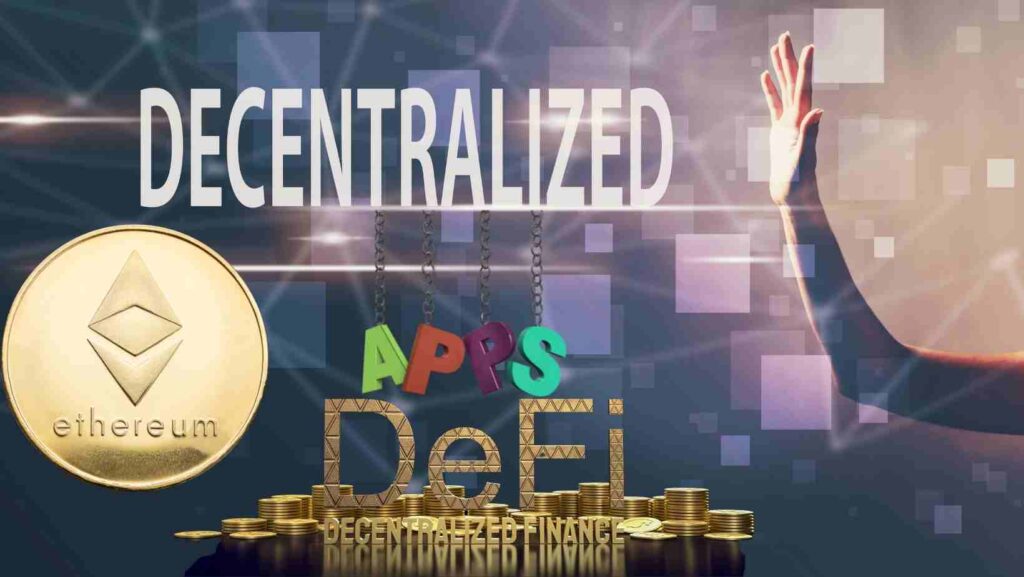
In 2013, Ethereum was released based on proof-of-work to create programmable logic that lives within a decentralized environment.
It achieves this through code execution, application state transition functions, and account balances defined by smart contracts. Smart contracts provide Turing complete programming environments which can develop highly customized codes at runtime. They are used to implement rights offerings, crowdfunding projects, prediction markets, time locks, game theory, and other protocols, including permissionless cryptocurrencies such as Peercoin and Name coin.
Ethereum’s Virtual Machine (EVM) was designed to support arbitrary programs written in various programming languages allowing people to write decentralized applications (DApps). These utilize “smart contracts,” which first appeared in 1998.
Initially, these stored data; however, later versions performed more complex tasks, such as sending money. Finally, apps called “deployed” were added that went beyond simple scripts, enabling DApp developers to solve problems for users. Ethereum poses significant challenges because of the need for smart contract computations to be trustable; if a malicious actor computes invocations of a smart contract incorrectly, they will obtain a reward without revealing their manipulation. This problem arises from the abstract nature of executable scripting—it is impossible to specify the smart contract’s behaviour precisely enough to convince a compiler that its implementation is correct. To help mitigate this difficulty, the EVM comes with secure sandboxing facilities which restrict what a contract is allowed to do but cannot prevent any attempt to exploit unsafe loopholes.
Why should you learn about Blockchain?
Today’s world runs on complex systems based on trust. We rely heavily on centralized systems such as banks, governments, stock exchanges, and insurance providers. However, these institutions suffer from several deficiencies. Let’s see in below slides:-
There is no easy fix for any industry seeking faster growth, lower costs, and greater efficiency.
Today’s financial system relies upon centralization. Centralized structures are inefficient because power tends to accumulate among those in charge. Decentralized alternatives promise increased security and reduced dependency on third parties.
Imagine how much more efficiently the world could operate if everyone had complete ownership over the data generated about them.
Imagine if your home was completely transparent – who owns what now?
Imagine, if your identity was protected without relying on a bank and if you didn’t need to carry cash any more.
Imagine if you could make instant payments to people anywhere around the globe.
This future is already here! Bitcoin and Ethereum introduced blockchain technologies back in 2009 and 2015, respectively. Since then, numerous protocols have been developed and released onto the market.
What role might Blockchain play in your life someday soon?
Blockchain has many properties that differ significantly from traditional databases. Some of these differences are listed below (source):
– Transactions are validated by the entire network instead of just a specific server. Each transaction can only occur after all other related transactions have taken place. If a single node malfunctions, the entire Blockchain will be rendered useless.
– Because of this decentralization, blockchains don’t require trusted intermediaries to authenticate transactions between two peers.
– Blockchains ensure that transactions are valid by requiring all participants to record data onto the Blockchain simultaneously. It makes tampering nearly impossible.
– When properly maintained, blockchains are very resistant to censorship as even modifying a single entry requires changing every subsequent entry. As a result, blockchains do not tolerate changes made by untrusted authorities.
– Every operation happens cryptographically, meaning data entered into the Blockchain cannot be changed without the need for a password.
– Smart contracts automatically execute once certain conditions are met. Once executed, funds are transferred to another address, making it virtually impossible for hackers to reverse any transactions.
– Since there is no central authority, blockchains are transparent and highly resistant to fraud. Users can see exactly who controls how much money and what assets exist within the Blockchain.
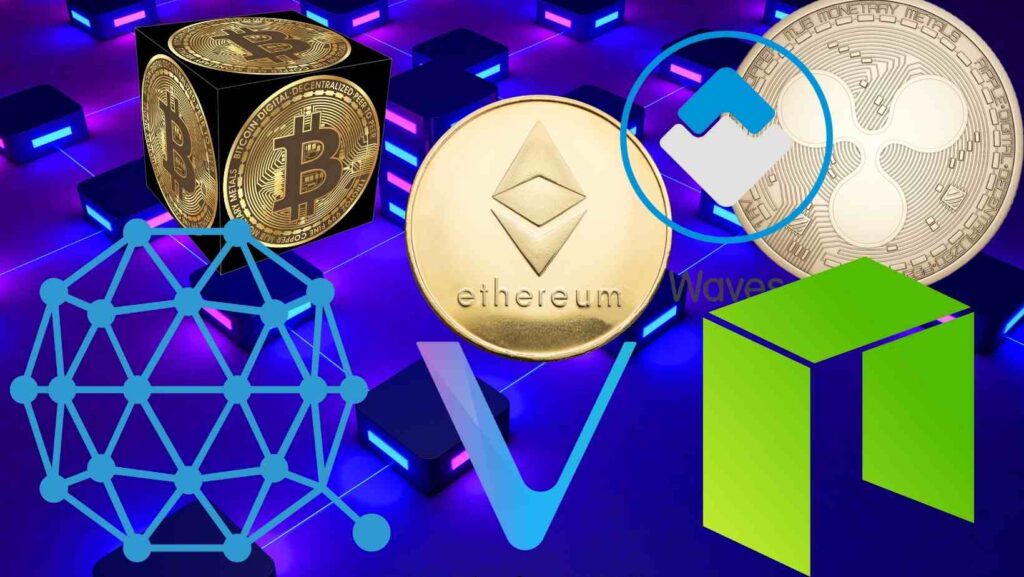
The most popular current blockchains.

Bitcoin (BTC) – created by Satoshi Nakamoto in 2008, Bitcoin is the largest blockchain network used today. Over half a million merchants accept BTC payments each day. However, due to high fees and slow confirmation times, most businesses still prefer faster processing, lower fees, and lower risk services provided by credit card processors.
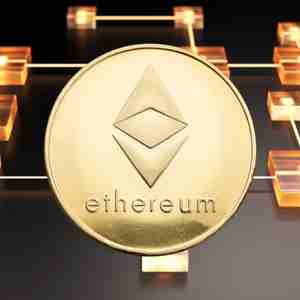
Ethereum (ETH) – Unlike Bitcoin, Ethereum is built on the programming language Solidity. It offers similar functionality and processes transactions more quickly than Bitcoin. Currently, Ethereum is the second-largest cryptocurrency based on market capitalization.

Ripple (XRP) – Developed by San Francisco-based company Ripple Labs, Ripple is explicitly designed to provide financial institutions with instant cross-border transfers. XRP is currently used exclusively by banks, resulting in one-third of global banking activity being processed through its network.

Waves (WAVES) – An open-source project for creating a digital asset exchange and operating system founded in 2016. Waves supports both Proof of Work and Proof of Stake systems of mining. It features fast transactions, robust security, compatibility with fiat currencies and mobile wallets.
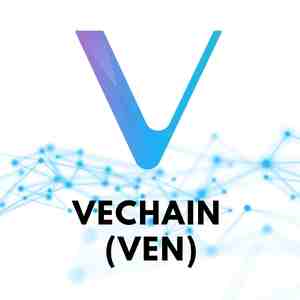
VeChain (VEN) – Founded in 2015, VeChain focuses primarily on real-world IoT application integration. Their Blockchain Technology Solution Suite aims to create sustainable business ecosystems powered by smart logistics and trade solutions.
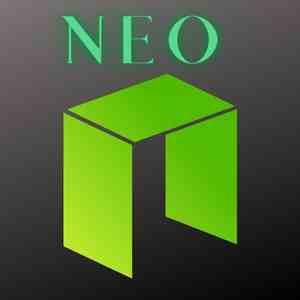
Neo (NEO) – Founded in 2014, Neo is an innovative blockchain platform focused on providing individuals and organizations around the globe with an easy-to-use platform for managing digital identity. They use patent-pending “Digital Assets” instead of currency to maintain independence from traditional government regulation.
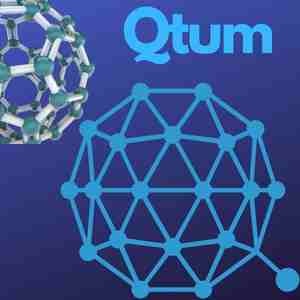
Qtum (QTUM) – A decentralized consensus algorithm developed using Python and C++, Qtum provides a state channel solution allowing for near-instantaneous transactions.
While blockchains may initially sound like complicated software programs, many follow a simple set of rules called “smart contracts.” Once created, these smart contracts operate independently on different computers. These separate blockchain nodes work together to verify the information in the chain. Smart contracts can process and issue instructions depending on whether information has been updated. Additionally, these blockchain networks offer guarantees such as transparency, immutability, non-repudiation, tamper resistance, etc.
Despite its potential, blockchain is still a rather specialized technology despite its many benefits. The potential for blockchain to be used in additional contexts is there, but it is dependent on future policies set by governments. “Regulators have yet to intervene, so only time will tell if and when they do. Clearly, the purpose is to safeguard the market and investors.

